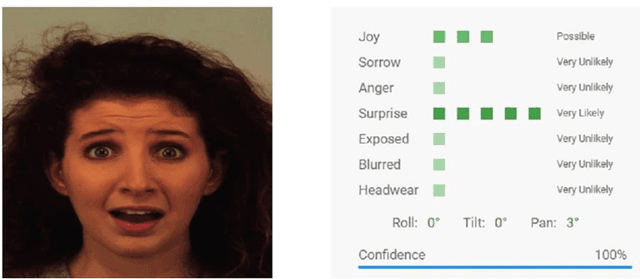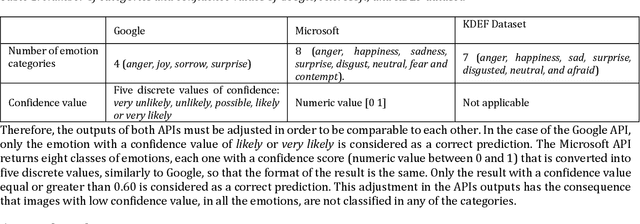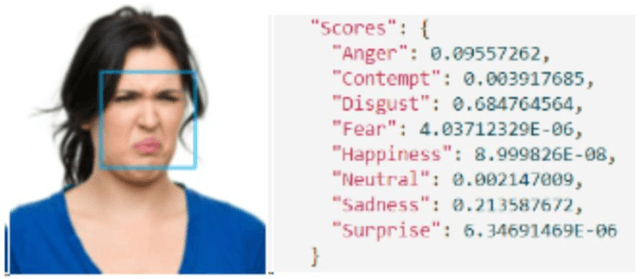Vítor Manuel de Jesus Filipe
Screening Autism Spectrum Disorder in childrens using Deep Learning Approach : Evaluating the classification model of YOLOv8 by comparing with other models
Jun 25, 2023


Abstract:Autism spectrum disorder (ASD) is a developmental condition that presents significant challenges in social interaction, communication, and behavior. Early intervention plays a pivotal role in enhancing cognitive abilities and reducing autistic symptoms in children with ASD. Numerous clinical studies have highlighted distinctive facial characteristics that distinguish ASD children from typically developing (TD) children. In this study, we propose a practical solution for ASD screening using facial images using YoloV8 model. By employing YoloV8, a deep learning technique, on a dataset of Kaggle, we achieved exceptional results. Our model achieved a remarkable 89.64% accuracy in classification and an F1-score of 0.89. Our findings provide support for the clinical observations regarding facial feature discrepancies between children with ASD. The high F1-score obtained demonstrates the potential of deep learning models in screening children with ASD. We conclude that the newest version of YoloV8 which is usually used for object detection can be used for classification problem of Austistic and Non-autistic images.
Performance Analysis and Evaluation of Cloud Vision Emotion APIs
Mar 23, 2023



Abstract:Facial expression is a way of communication that can be used to interact with computers or other electronic devices and the recognition of emotion from faces is an emerging practice with application in many fields. There are many cloud-based vision application programming interfaces available that recognize emotion from facial images and video. In this article, the performances of two well-known APIs were compared using a public dataset of 980 images of facial emotions. For these experiments, a client program was developed which iterates over the image set, calls the cloud services, and caches the results of the emotion detection for each image. The performance was evaluated in each class of emotions using prediction accuracy. It has been found that the prediction accuracy for each emotion varies according to the cloud service being used. Similarly, each service provider presents a strong variation of performance according to the class being analyzed, as can be seen with more detail in this artilects.
 Add to Chrome
Add to Chrome Add to Firefox
Add to Firefox Add to Edge
Add to Edge